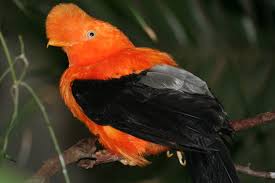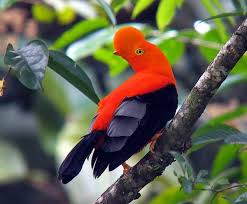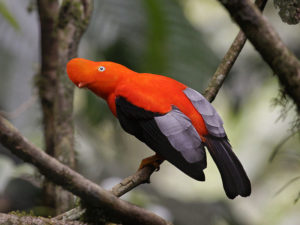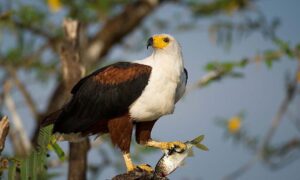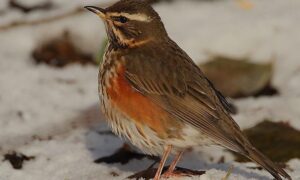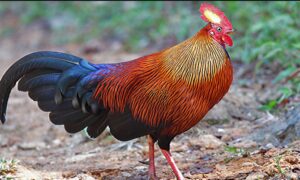The national bird of Peru is Andean cock-of-the-rock. He is one of the wild birds with the most exotic plumage in the world. Its name, according to Humboldt, is associated with rocks, because it lives in wet glens of great depth where they build their nests to raise their young. In Quito, it can be seen in the northwestern rural parishes between 900 and 2,100 meters above sea level. The closest site to observe this bird is the Pahuma Reserve, approximately one hour from Quito.
Peru national Bird
National Bird of Peru is approximately 32cm of corporal length and 220g of weight. The males have an orange-red coloration with wings and black tail and internal gray beads. They have a disk-shaped crest that almost completely covers the beak, the legs are yellow and the eyes are orange. The females are dark reddish brown with internally grayish brown remnants. They also have ridge, but much smaller and the eyes are bluish white.
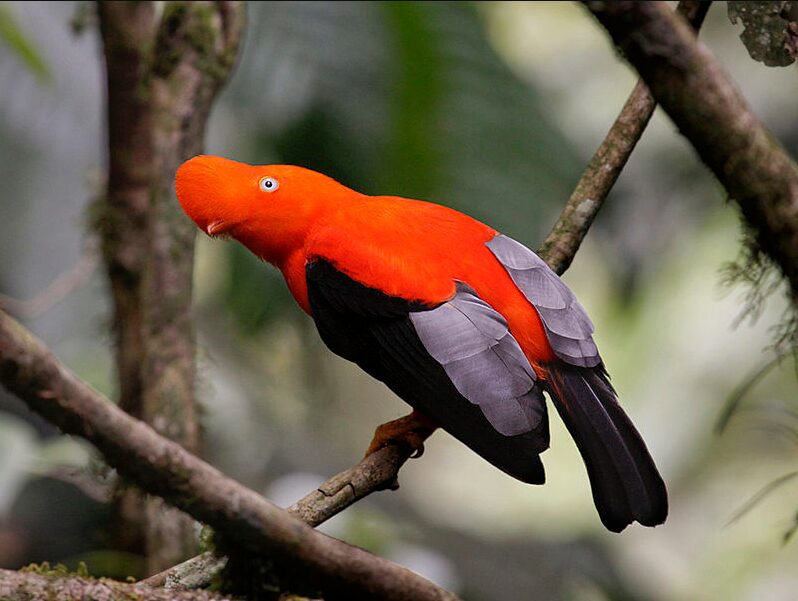
Interesting facts about Andean cock of the rock
National Bird of Peru is similar to the Rock Rooster of Guyana, but the latter males with brown band subterminal on the crest, white wing speculum visible in flight and supracaudales orange covering more than half of the tail. Females with orange dye in rump and tail
1)Regional Differences
Four subspecies R. p. Peruvianus, R. p. Saturatus, R. p. Sanguinolentus and R. p. Aequatorialis. These last two are found in Colombia and are distinguished because the males of R.P. Sanguinolentus are intense scarlet red while those of R. p. Aequatorialis are bright orange red.
Do you know Harpy Eagle is the national bird of Panama?
2) Distribution
This species is distributed by the Andes mountain range from western Venezuela to Bolivia through Colombia, Ecuador and Peru. In Colombia it is found from 500m to 2400m above sea level in the three mountain ranges .– 3) habitat
It inhabits humid forests near canyons and streams.
3) Food
Ave is mainly herbivorous although juvenile individuals are also fed with small vertebrates. For this species the consumption of a great variety of fruits of species of the families Chlorinate, Mustache, Solace, Exorbitance, Mycenaean, Carapace, Mycenaean, Araceli, Achaean, Prolifically, Hammerhead and Staphylococcal have been reported. It seems to have a strong inclination for the consumption of fruits with high protein content as those of species of the families Laurence, Nonacceptance and Rubiaceae.
4) Reproduction
Reproductive events between Frebrero and June have occurred. It builds a cup-shaped nest at the entrance to caves or on rock walls, in which it places two white eggs with brown spots.
5) Behavior
Males are polygamous and form lecks during the breeding season in the middle stratum or subsoil of the forest. It is an elusive species but can be observed on forest edges capturing fruits in flight.
6) Taxonomy
Its taxonomic status is clear.
7) Conservation
State of conservation
Although it has been much persecuted to traffic it like cage bird, at the moment its state of conservation does not generate greater concern.
Andean cock-of-the-rock Picture
